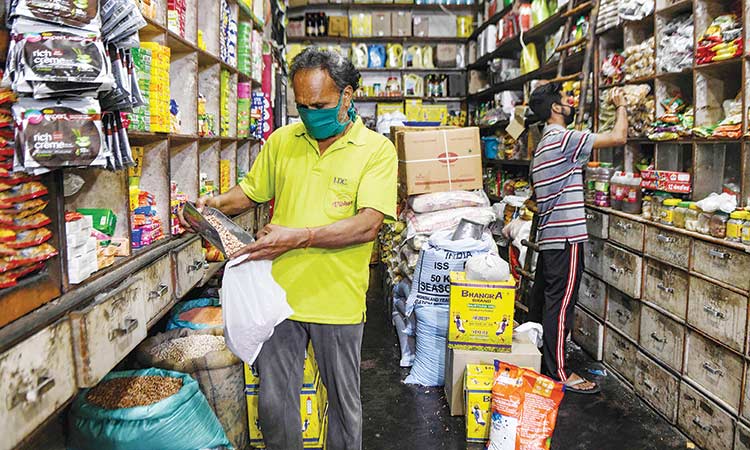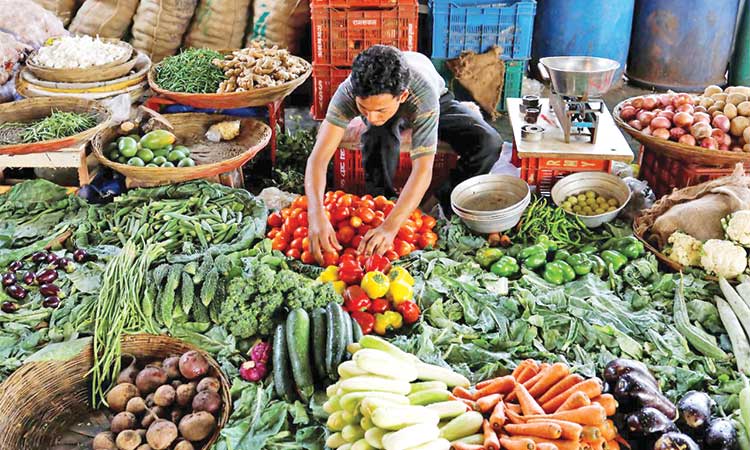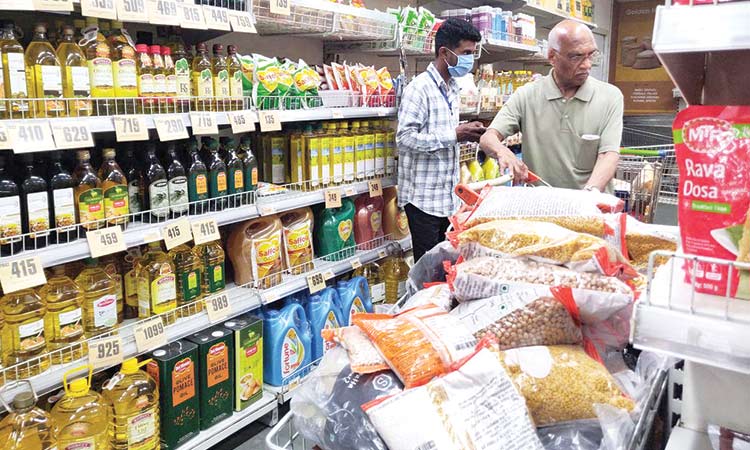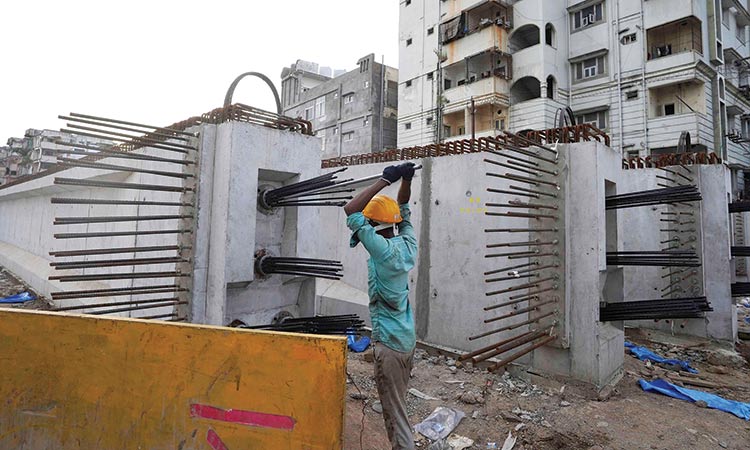Indian growth jumps in April-June helped by looser pandemic curbs

Picture used for illustrative purpose only.
India’s economy rebounded in the April-June quarter even while a devastating second wave of COVID-19 swept the country, with growth of over 20% compared to a year earlier driven by a surge in manufacturing and higher consumer spending.
The expansion nevertheless fell short of the 21.4% predicted by the central bank, which some analysts said would make the Reserve Bank of India (RBI) more likely to retain its accommodative stance until at least year-end.
Gross domestic product expanded 20.1% in April-June, the first quarter of India’s fiscal year, compared with the same period a year earlier, driven mainly by manufacturing and construction, the statistics ministry said on Tuesday.
That was in line with a Reuters poll forecast of 20.0% and compared with a record contraction of 24.4% in the same quarter of 2020.
The period included April-May’s second wave of the coronavirus pandemic but activity was less affected than during last year’s initial spread because lockdown measures adopted were less stringent.
The Indian economy, Asia’s third-largest, shrank 7.3% in 2020/21, putting it among major economies hit worst by the COVID-19 crisis.
The government’s chief economic adviser K.V. Subramanian said private investments and consumer spending were driving a V-shaped recovery, and that the economy was well placed to deal with the impacts of any move by the US Federal Reserve to tighten liquidity.
“India is poised for stronger growth,” he said, citing government reforms and the easing of inflationary pressures while cautioning that certain services were still not seeing “green shoots”.
While advanced economies have provided massive stimulus to support consumption, Prime Minister Narendra Modi has opted to raise infrastructure spending and pursue privatisation of state companies and tax reforms to bolster India’s growth prospects, while providing free foodgrains to the poor.
The RBI normalisation-2021-08-06, which has kept its monetary policy loose, has forecast annual growth of 9.5% in the current fiscal year while warning about the possibility of a third pandemic wave.
Consumer spending, the main driver of the economy, rose 19.34% year-on-year in April-June from a year ago, but remained lower than its pre-pandemic level.
Investment rose 55.3% compared with growth of 10.9% in the previous quarter, while state spending contracted 5% after growing 28.3% in January-March, Tuesday’s data showed.
Annual growth of 49.6% in manufacturing in April-June was a leap from 6.9% in the previous quarter and showed new anti-COVID-19 curbs had only a limited impact on activity.
Many analysts said the risk of spiking infections next-covid-wave-focus-children-2021-08-19 from the Delta variant and the sluggish pace of vaccinations in some states could slow momentum, however, with the economy unlikely to regain its pre-pandemic size of about $2.9 trillion before the middle of fiscal year 2022-23.
“Vaccination progress will be crucial, given the possibility of a third wave of infections and the experience of countries which witnessed it,” said Sreejith Balasubramanian, economist- fund management at IDFC AMC in Mumbai.
Retail, auto sales, farm output, construction and exports have all picked up since June, supporting the government’s claim of a fast recovery, but sectors such as transport and tourism spending remain weak.
Many forward indicators remain below pre-pandemic levels, noted Shashank Mendiratta, economist at IBM in New Delhi.
“With substantial slack still in the economy, continued policy support will be required to get activity back to normalcy,” he said.
Indian shares ended higher on Tuesday, with sharp gains in Bajaj Finance and Bharti Airtel helping the blue-chip Nifty index scale the 17,000-mark for the first time, ahead of economic growth data due later in the day.
The blue-chip NSE Nifty 50 index closed 1.19% higher at 17,132.20, while the benchmark S&P BSE Sensex rose 1.16% to 57,552.39, with both indexes posting their fourth consecutive monthly gain.
“The U.S. Federal Reserve’s dovish stance and news about China tightening regulations make India a more viable investment destination. Fundamentally we have recovered faster than expected from the second wave of COVID-19 infections,” said Amit Shah, head of India equity research at BNP Paribas in Mumbai.
Domestic markets are also being supported by the country’s central bank keeping its accommodative stance, Shah said.
Heavyweight Bharti Airtel jumped 7% to a record close, a day after its founder-chairman said the wireless carrier wanted to improve growth and reduce debt leverage with a capital raise of 210 billion rupees ($2.88 billion).







